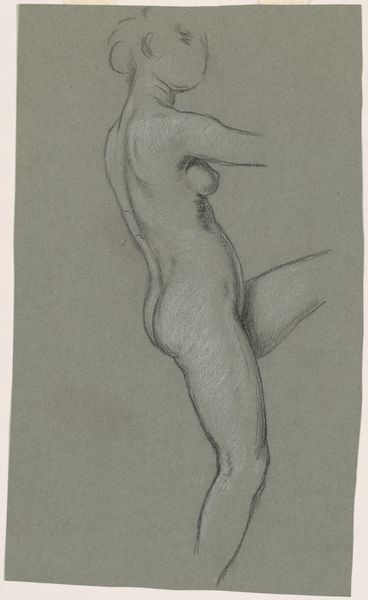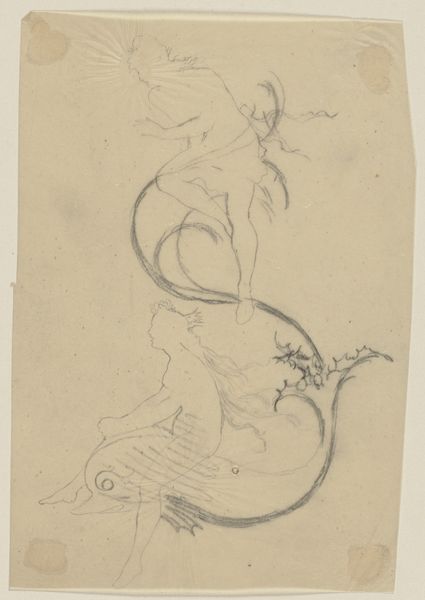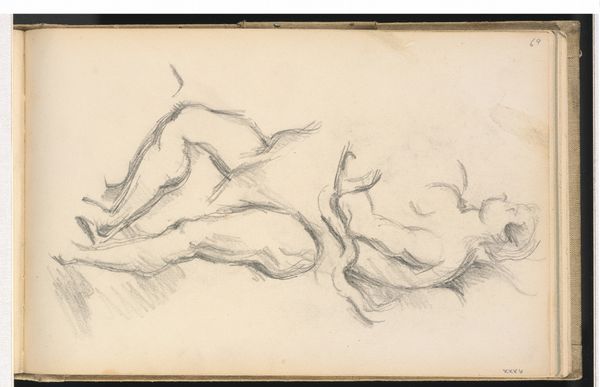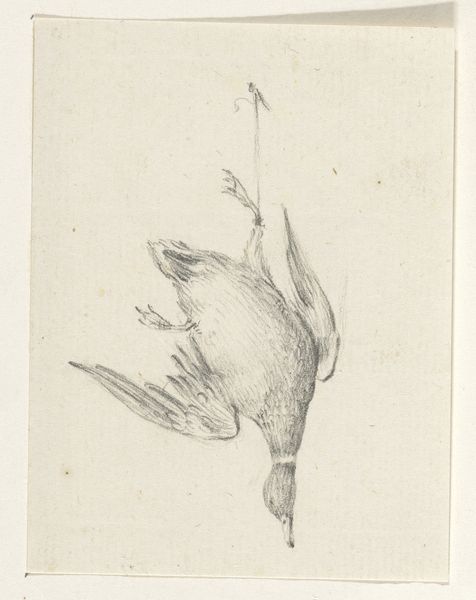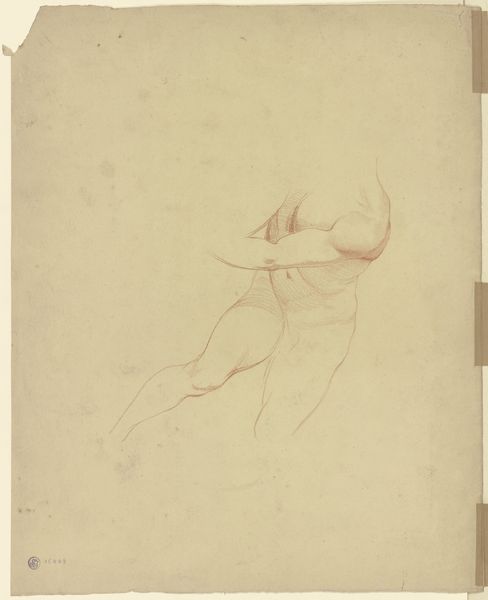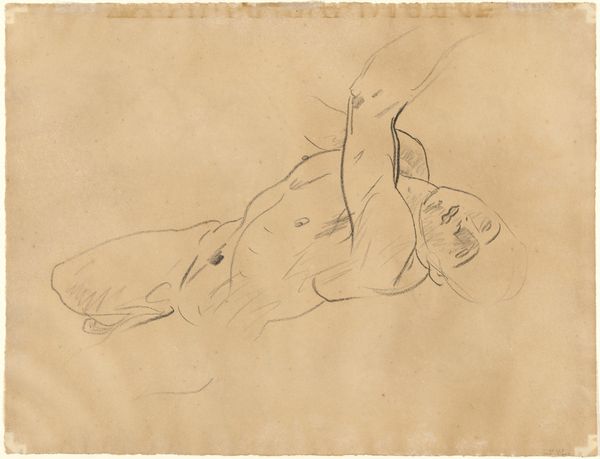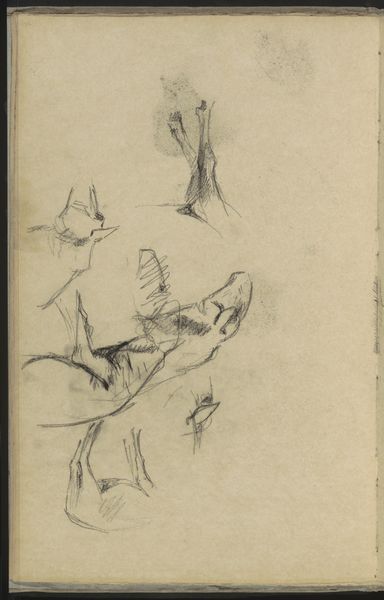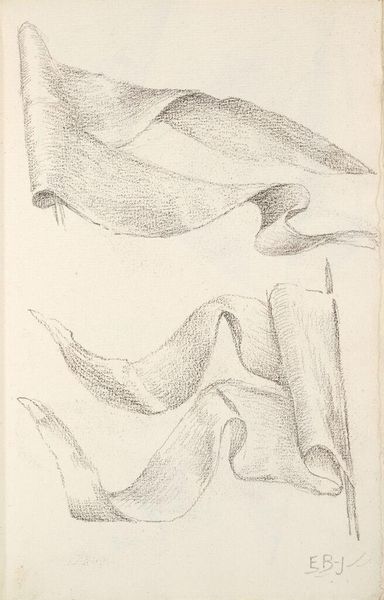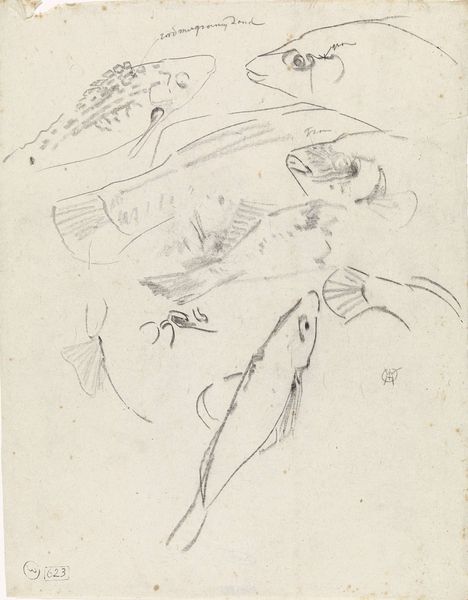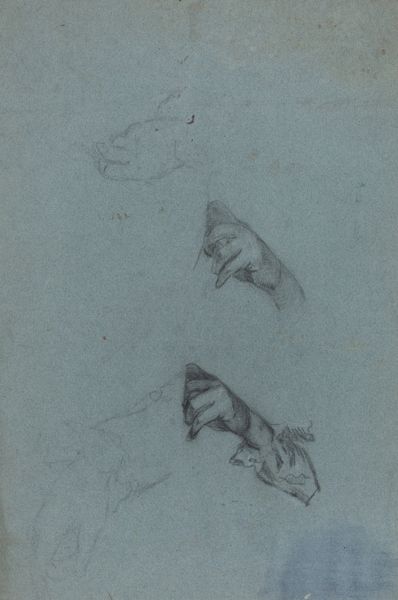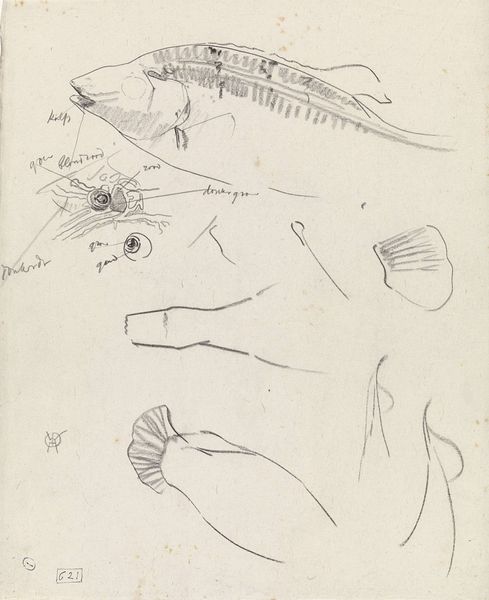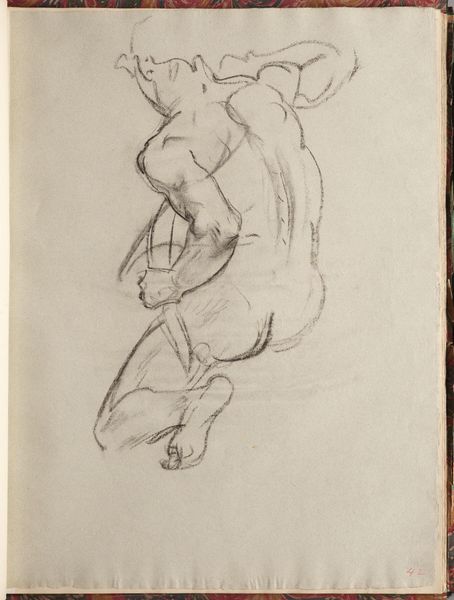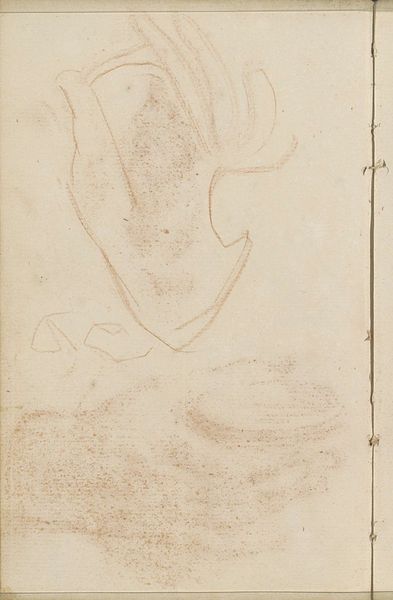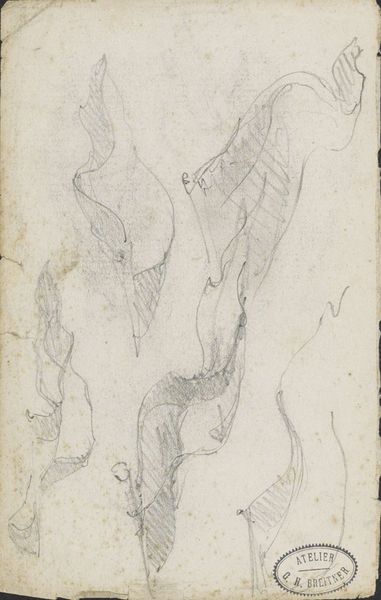
drawing, print, paper, pencil
#
portrait
#
drawing
# print
#
figuration
#
paper
#
pencil drawing
#
pencil
#
academic-art
Dimensions: 412 × 293 mm
Copyright: Public Domain
Curator: What first grabs me about Edward John Poynter's "Study for The Festival" from 1871 is its seemingly simple composition; it's pencil on paper, featuring studies of arms. Editor: Arms akimbo, reaching… there's something both powerful and vulnerable about these disembodied limbs. It feels ancient, almost like something recovered from Pompeii, all ghostly grays. Curator: Interesting that you mention Pompeii, because Poynter drew significant inspiration from classical antiquity and his training within Academic Art prioritized the idealized human form, which is meticulously rendered. Consider also the labour that's implied to get the accuracy. It emphasizes, I think, skill over pure inspiration. Editor: Skill absolutely. I'm picturing the artist, sleeves rolled up, intensely focused, making tiny adjustments to capture the tension in the muscles. Do you think he's using a live model here? Curator: Very likely. This piece is called a study. Academic artists of the period made drawings to help understand form. These served often for incorporation into large scale history painting. The artist has chosen, it seems, to leave the traces of labour, corrections. That gives it a sense of… truth, a directness that almost betrays the idealized subject. Editor: Truth… that's a fascinating point. Seeing the work as not only documentation, but as an assertion of the drawing's labour gives it a kind of grit and power. There's a certain raw quality to it. Almost like we can see a flash of his artistic process behind the finished sheen. Curator: Indeed, and in doing so the image complicates its aesthetic ambitions. We can understand more clearly what work is required, by whom, to bring about a finished project. We move beyond fetishizing the ‘original’ idea or pure skill, toward acknowledging the larger structures involved. Editor: So well said! This pencil drawing—that, initially, seemed quite spare and simple—unveils layered meanings, from individual skill, to broader social context, thanks to looking closely. It holds surprising tension. Curator: Absolutely. I appreciate how this particular drawing lets us consider classical beauty and the conditions that allows that idea to thrive.
Comments
No comments
Be the first to comment and join the conversation on the ultimate creative platform.
